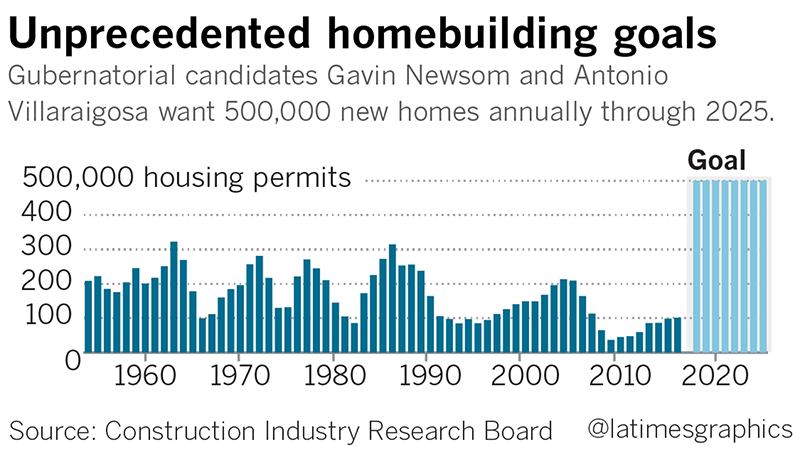There is much talk today about the housing crisis across California. The landscape of this crisis spans the gambit from people actually having no shelter of any kind to people who have housing but can’t afford to buy/rent a home of their own in their chosen community to people who can afford a home of their own but not close to where they work to people who can afford almost any home but can’t find any on the market where they want to live. Clearly, some of these situations are much more critical than others!
While the crisis is real and complex, it is most often addressed in a piecemeal and somewhat simplistic fashion. Rarely do I hear a full discussion being held in a rational and thoughtful manner. The issues facing communities in California are not just about having affordable housing for anyone that wants to live in a specific community. The issue involves maintaining the quality of life that makes up a desirable community in the first place; being intolerant of homelessness for anyone in the community; a realistic assessment of available critical resources like water; determining how much “growth” is warranted, needed, wanted, or sustainable in the area; the right of seniors to age out in their own community; the reasonableness of the level of wages paid to those on the lower end of the spectrum; and the ability of the young and others to stay in their community while affording their own living space – rented or bought. Housing and where it is or isn’t is a critical piece controlling greenhouse gas emissions and reversing global warming. Housing and all its related policy areas is a large, complex topic not solved easily.
We do ourselves and our communities a great disservice by saying the matter can be solved by adding more housing. Clearly that is a part of the solution, but hardly addresses the issue in its entirety nor does it necessarily apply to every geographic area. Over the next few weeks, we will be discussing policy areas that impact housing decisions and supporting legislation, and which should be discussed whenever housing policies are made locally or at the state level. These policy areas cover broad topics like economic disparities, educational opportunity, environmental impacts, market forces, land use rights and policies, tenant-landlord rights and responsibilities, and the essential basic rights of beings to live safely.
Issues to be addressed might include: What is a living wage and for whom should it be paid? What are the elements of “homelessness” and how might communities address the issue? What right, if any, do communities have to limit the quantity of their residents? How do we reconcile unlimited growth with limited natural and essential resources like water? What role does quality of life play in communities and who defines it? Is higher density meant for every community? Are State-determined housing quotas working and are they realistic? Should government control the housing market place, and if so, how? How do we equalize education so that all children have access to a quality education and educational facilities? What is the impact of housing usurping open space and agricultural land?
We hope you will read with us as we try to piece this very complex puzzle together. While our beginning biases may show through in the way our starting questions are framed, it is our hope we will assess each topic fairly and with an open mind as the individual arguments in each discussion reveal themselves through discussion.


Good https://shorturl.at/2breu
Awesome https://is.gd/N1ikS2
Top https://shorturl.fm/YvSxU
https://shorturl.fm/m8ueY
https://shorturl.fm/TbTre
https://shorturl.fm/bODKa
https://shorturl.fm/5JO3e
https://shorturl.fm/TbTre
https://shorturl.fm/oYjg5
https://shorturl.fm/FIJkD
https://shorturl.fm/N6nl1
https://shorturl.fm/XIZGD
https://shorturl.fm/YvSxU
https://shorturl.fm/a0B2m
https://shorturl.fm/TbTre
https://shorturl.fm/A5ni8
https://shorturl.fm/bODKa
https://shorturl.fm/m8ueY
https://shorturl.fm/TbTre
https://shorturl.fm/Kp34g
https://shorturl.fm/VeYJe
https://shorturl.fm/uyMvT
https://shorturl.fm/I3T8M
https://shorturl.fm/IPXDm
https://shorturl.fm/uyMvT
https://shorturl.fm/Xect5
https://shorturl.fm/IPXDm
https://shorturl.fm/xlGWd